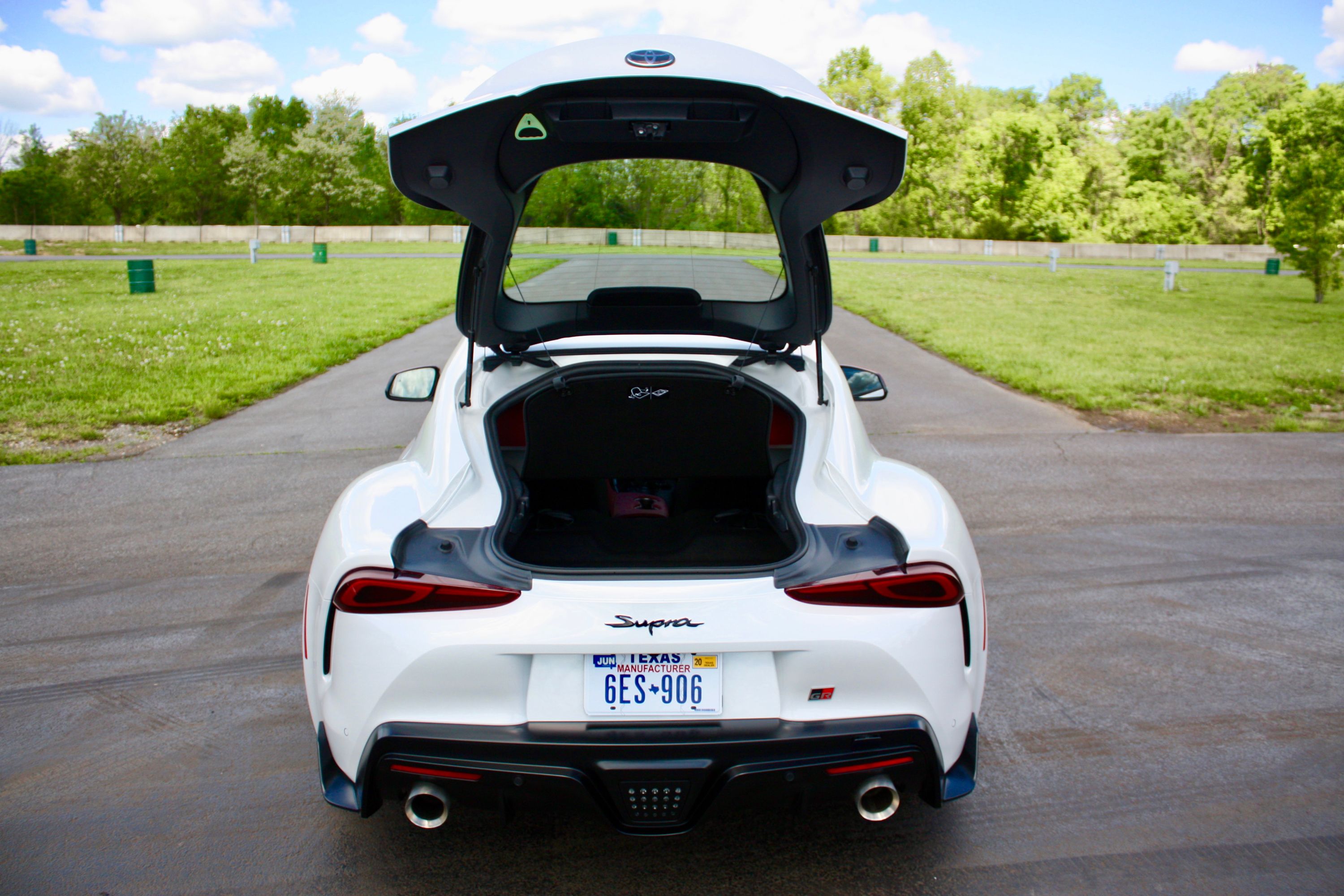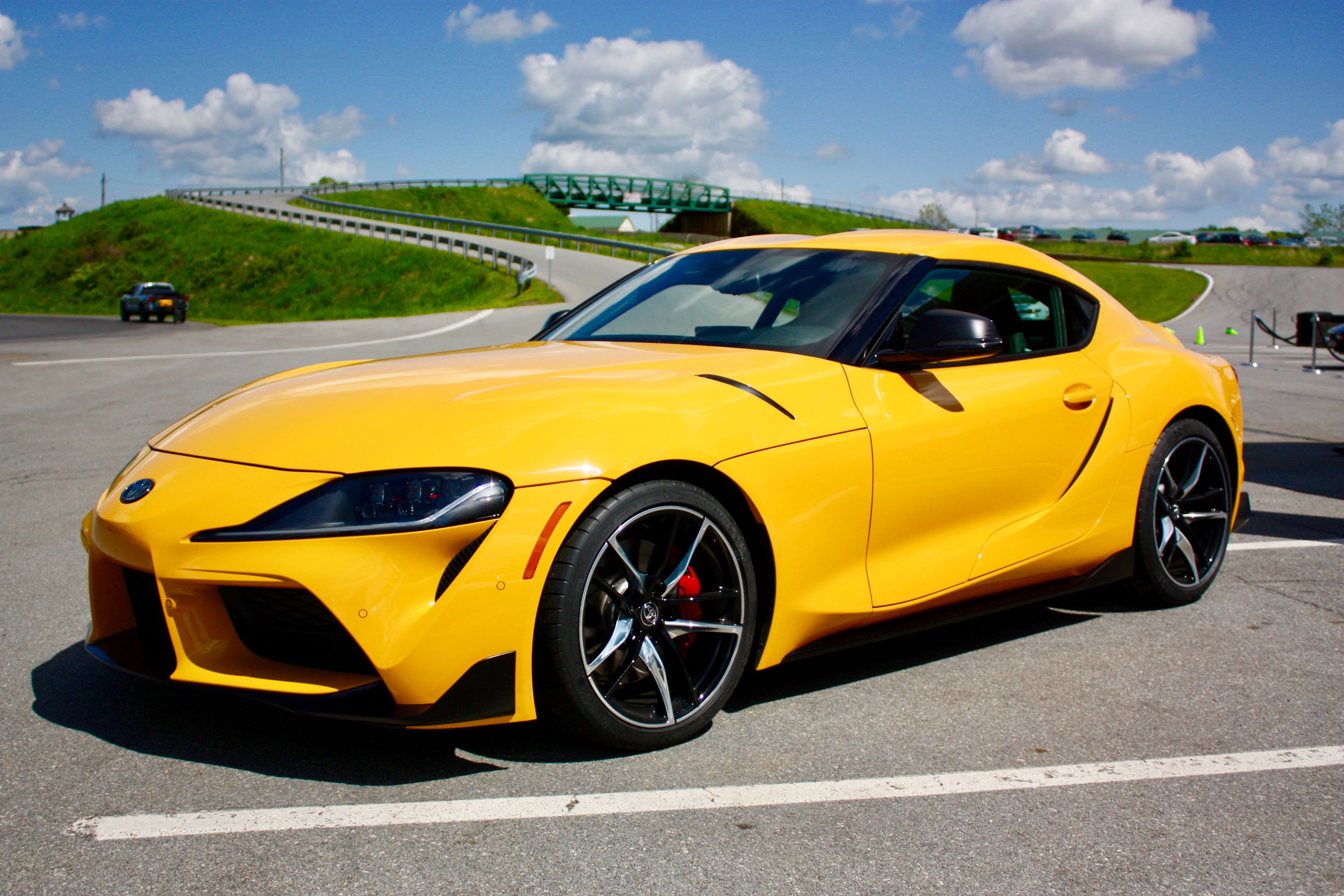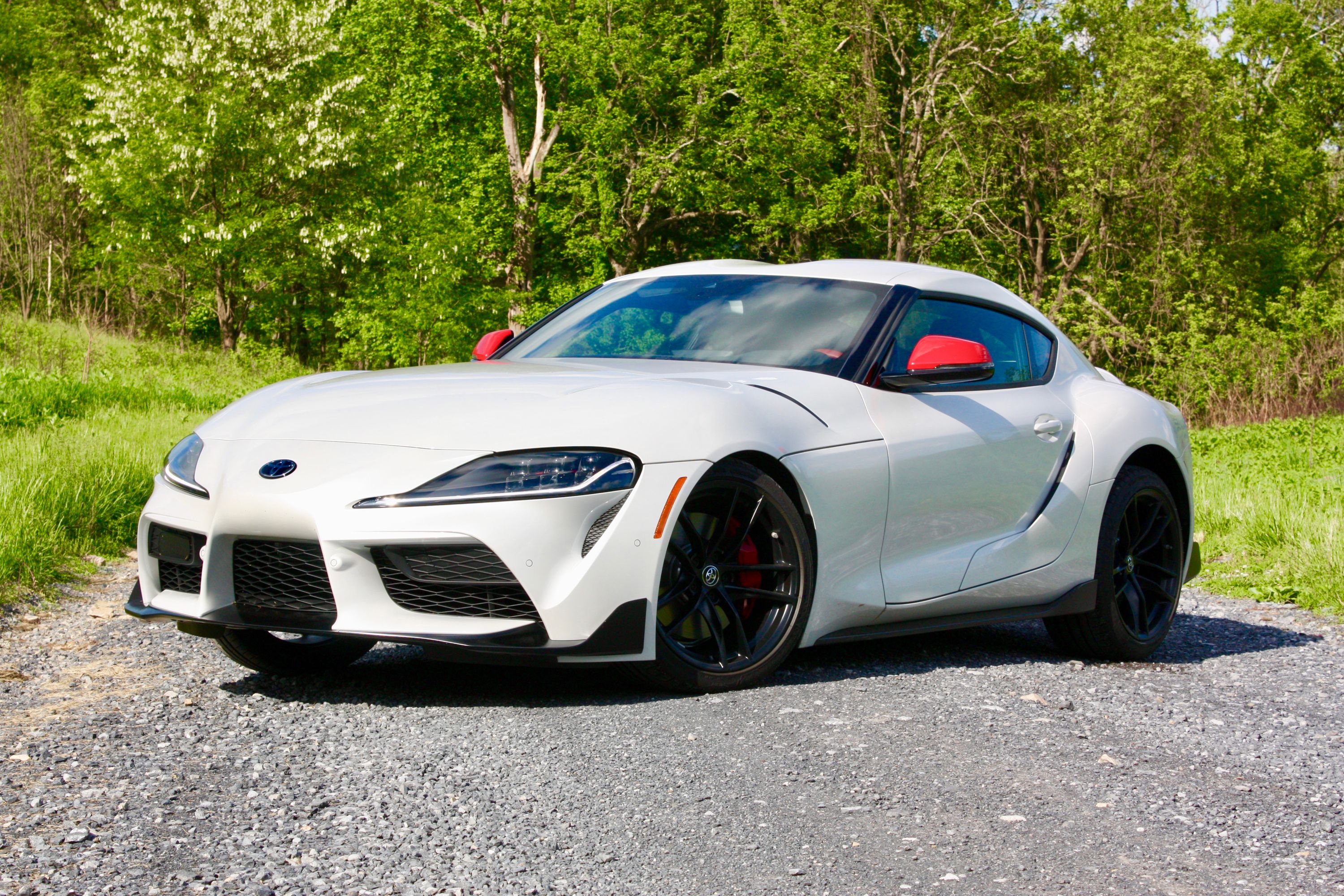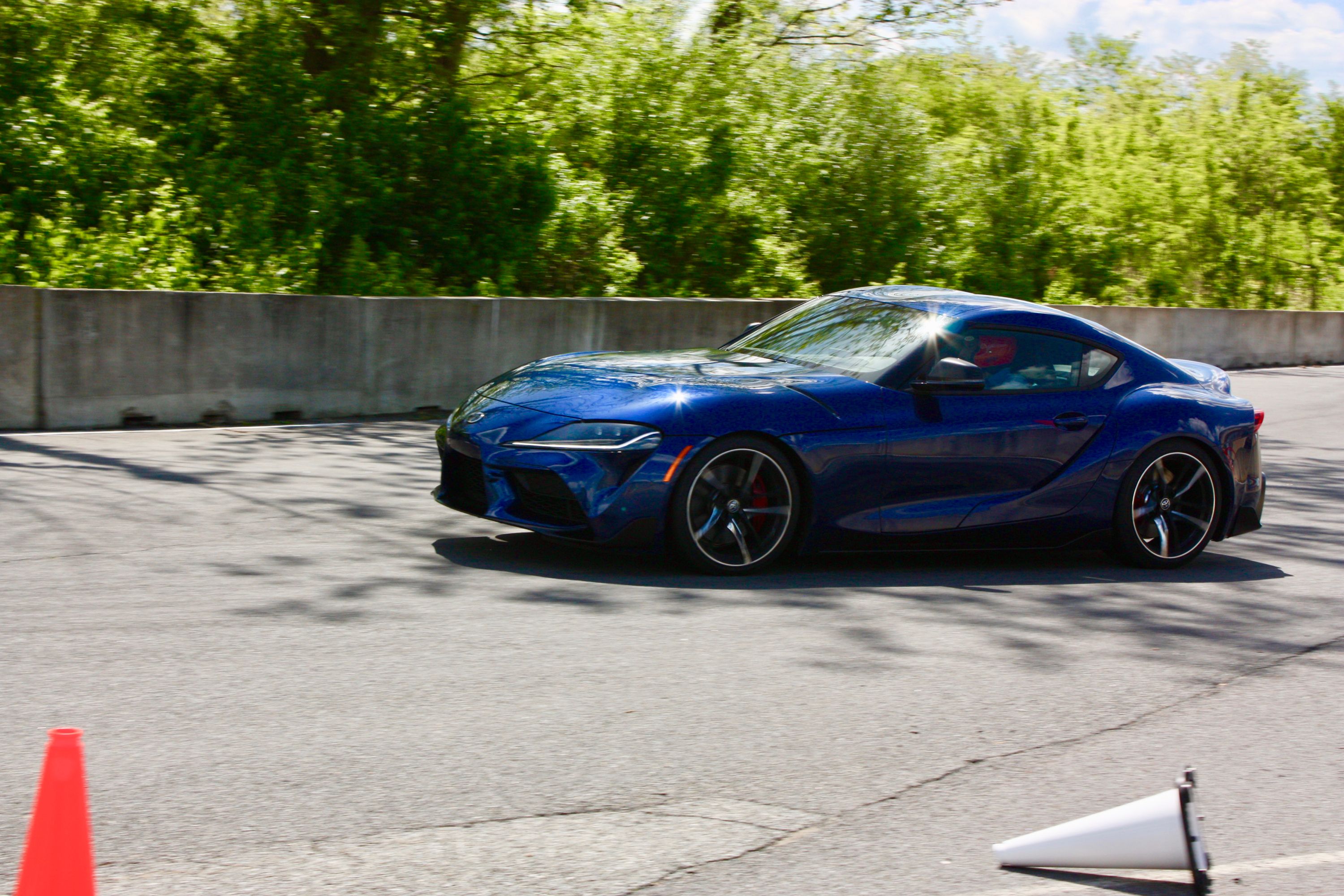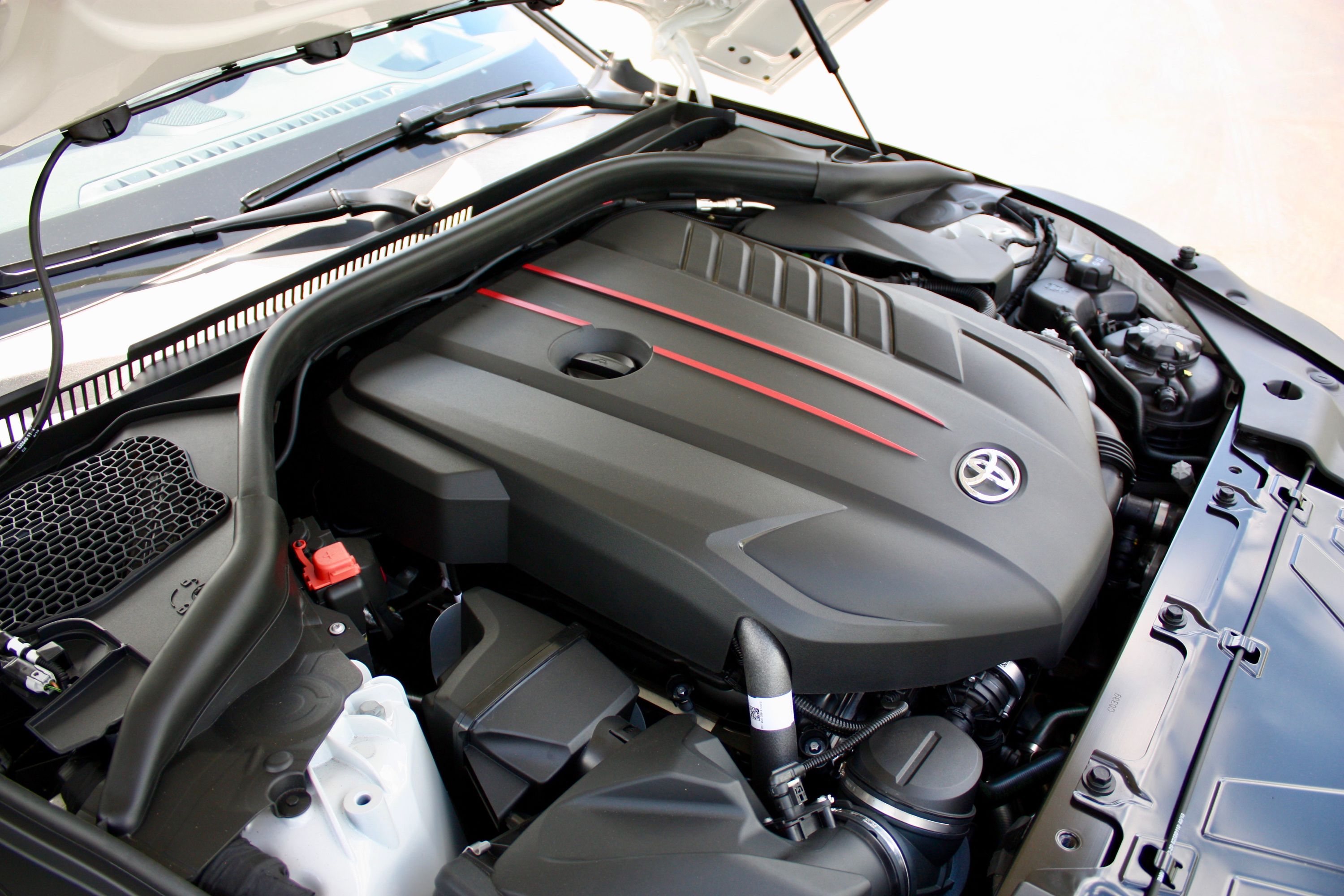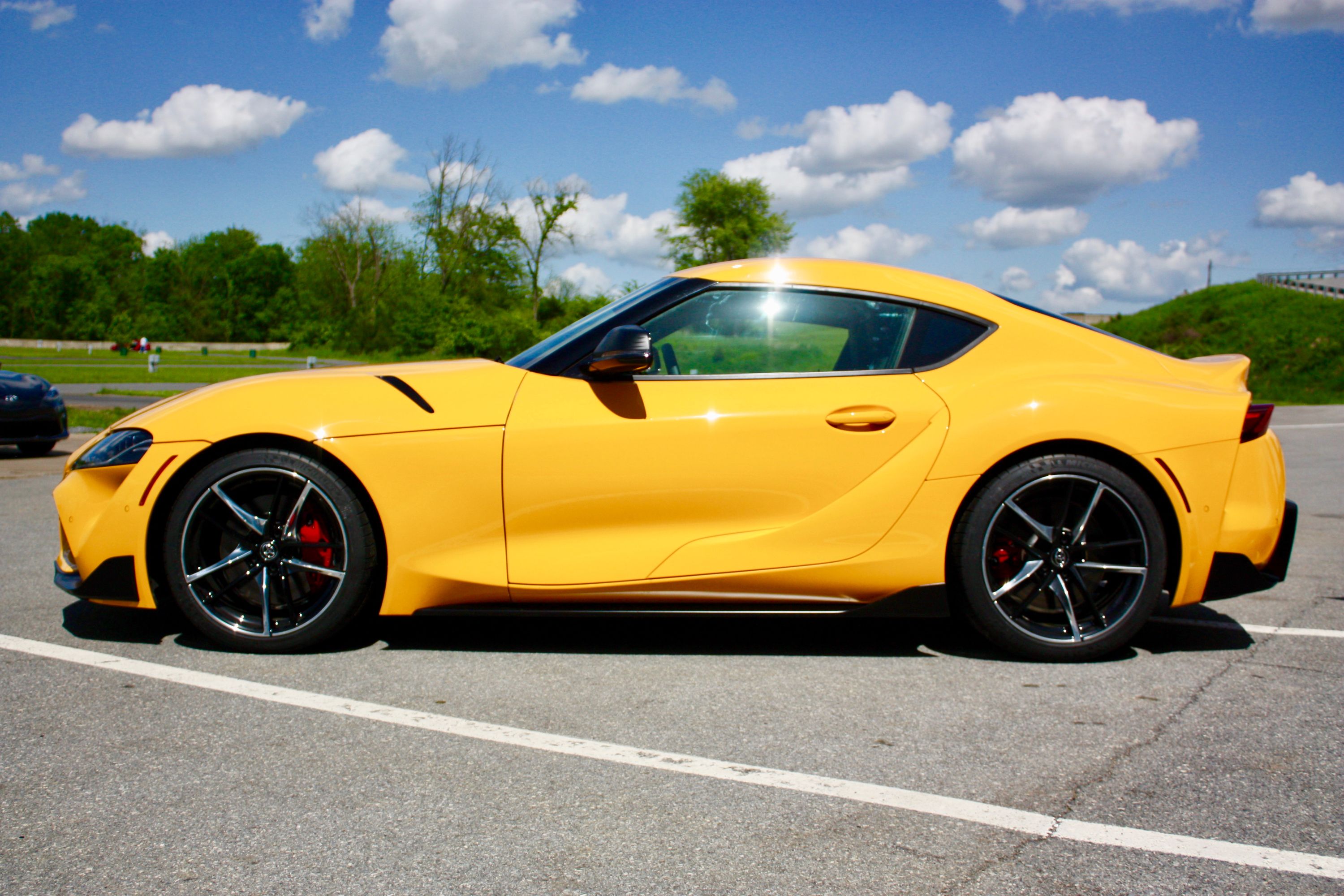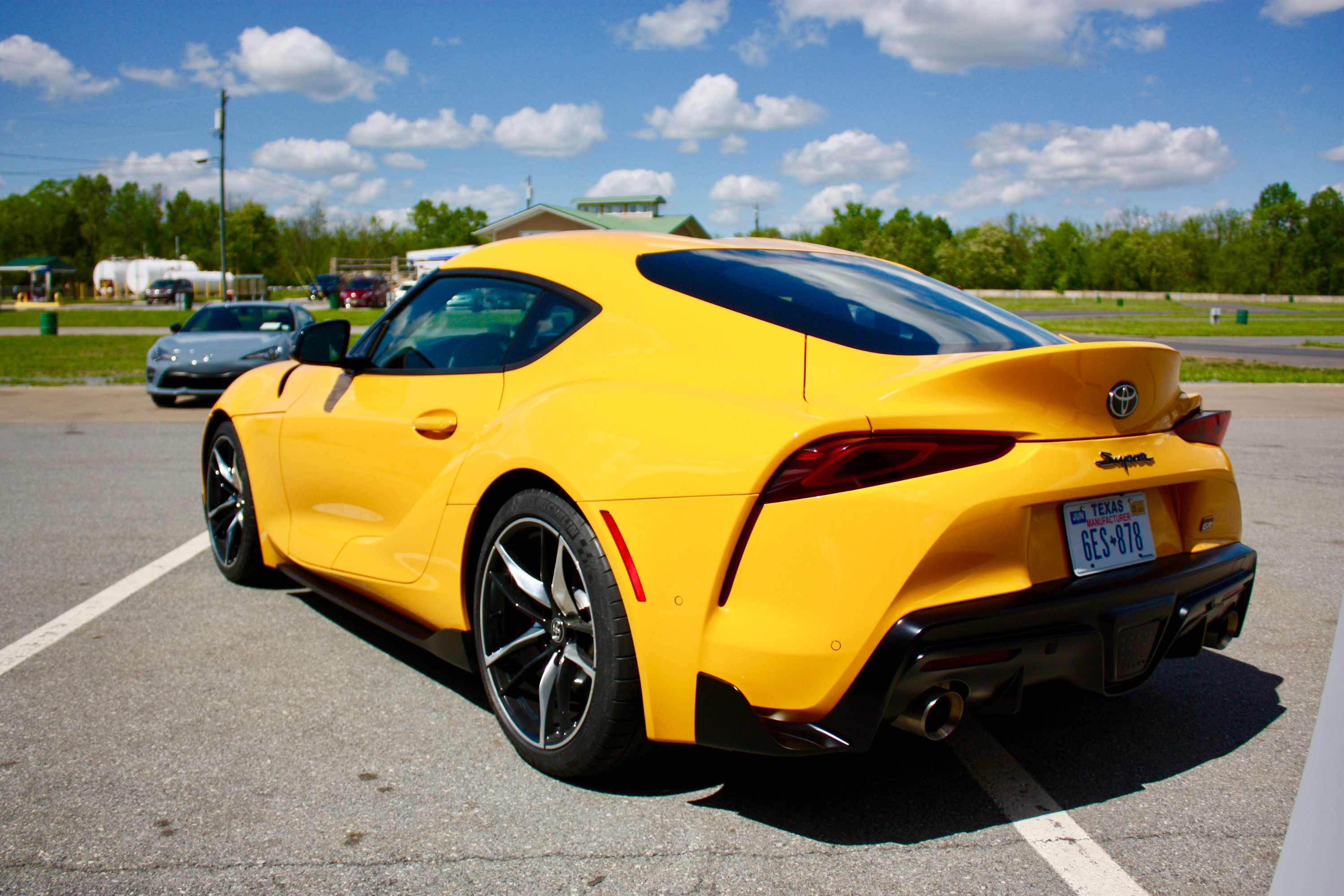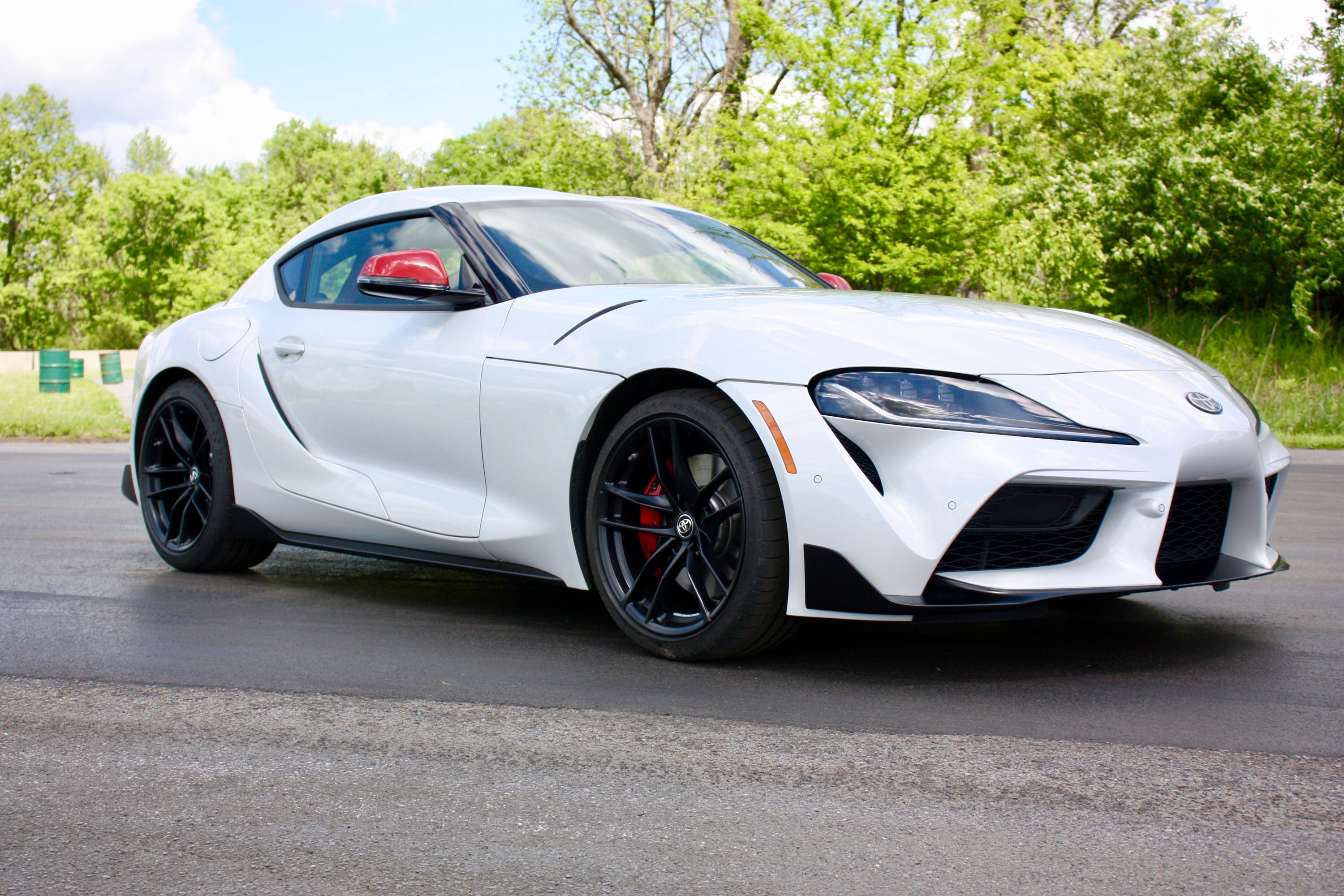Toyota’s decision to team up with BMW in the development of the Supra was never a popular decision. It wasn’t back when it was announced in 2012, and it still isn’t seven years later with the Supra’s imminent production launch. But Toyota had its reasons, or, more specifically, Tetsuya Tada, the car’s chief engineer, and Toyota’s performance boss, had his reasons. It wasn’t so much about the convenience of working with BMW as it was realizing his vision for the Supra. This is, after all, the same man who was supposed to develop the successor of the MkIV Supra back in the ’90s before those plans were scrapped. But Tada eventually got his chance, and he wasn’t about to throw it away, even if it meant looking elsewhere — hello, BMW — for help in building the sports car he waited almost two decades to bring to life.
As expected, that’s exactly what happened when the new Toyota Supra finally made its long-awaited debut at the 2019 North American International Show. To be fair, I’m part of the contingent of people who found something to complain about when I first saw the Supra. Skepticism came in many forms; some, myself included, weren’t too fond of how it turned aesthetically. Others lamented the lack of engine options, particularly in the U.S. market. Others questioned where the manual transmission option was. There were those who felt aggrieved at Toyota’s $50,000 asking price. Then there’s the elephant in the room, the one aspect about the new Supra that enthusiasts still can’t fathom to this day.
Why, oh why, did BMW have to get involved in this development?
It’s a tricky question to ask, especially with so many layers attached to this question. But the man who does have the answer isn’t shying away from answering it. More than anyone, Tetsuya Tada, Toyota’s performance boss, and the Supra’s chief engineer, knew what was at stake when it came time to develop the Supra and the involvement BMW had in its development. Still, Tada isn’t about that revisionist history lifestyle. In his mind, the whole process played out as it should because the alternatives would’ve resulted in a completely different car.
Tada also dismissed notions that BMW’s fingerprints were all over the development of the Supra. While that is true in some sense, the same can be said for Toyota’s influence in the development of the Z4. Both automakers benefited from one another in the capacities they agreed to, but once it came time to actually design the two cars, Toyota acted independent of BMW, and vice versa.
So, how about this? How about we stop with the nitpicking on how the Supra came to be? Everyone has his own gripes, but at the end of the day, would you let those grievances get in the way of actually enjoying the Supra because here’s one inescapable truth about the car that nobody can argue against.
The new Toyota Supra is here. It has arrived. How about we enjoy it for what it is, not for what we hoped it would be?
Further Reading
Read our review of the 2020 Toyota Supra
How Much BMW DNA Can Be Found In The 2020 Toyota Supra?
14 Little-Know Facts About The 2020 Toyota Supra A90
The 2020 Toyota Supra Is Surprisingly Small In Person
Read our full review on the 2019 BMW Z4.

